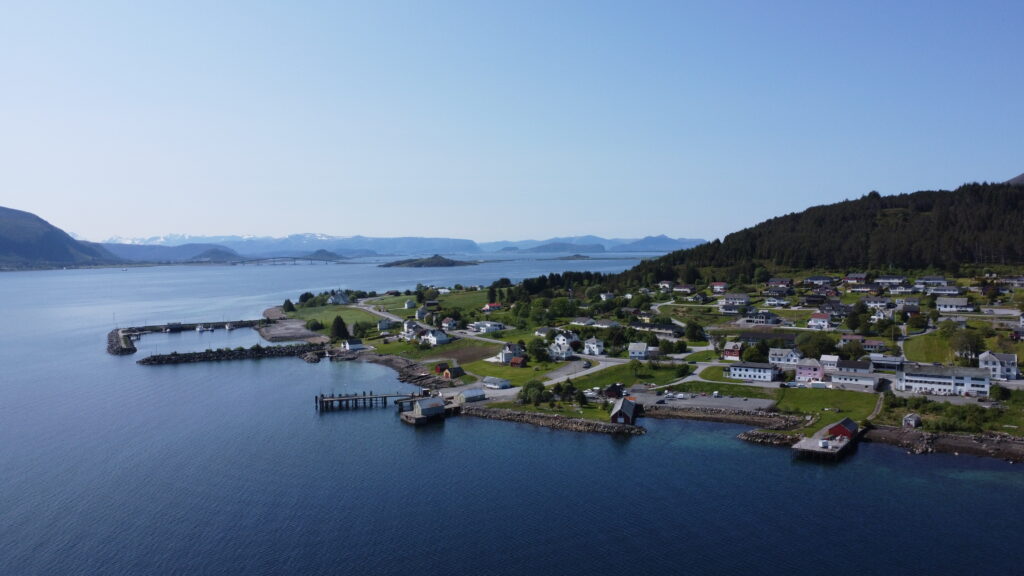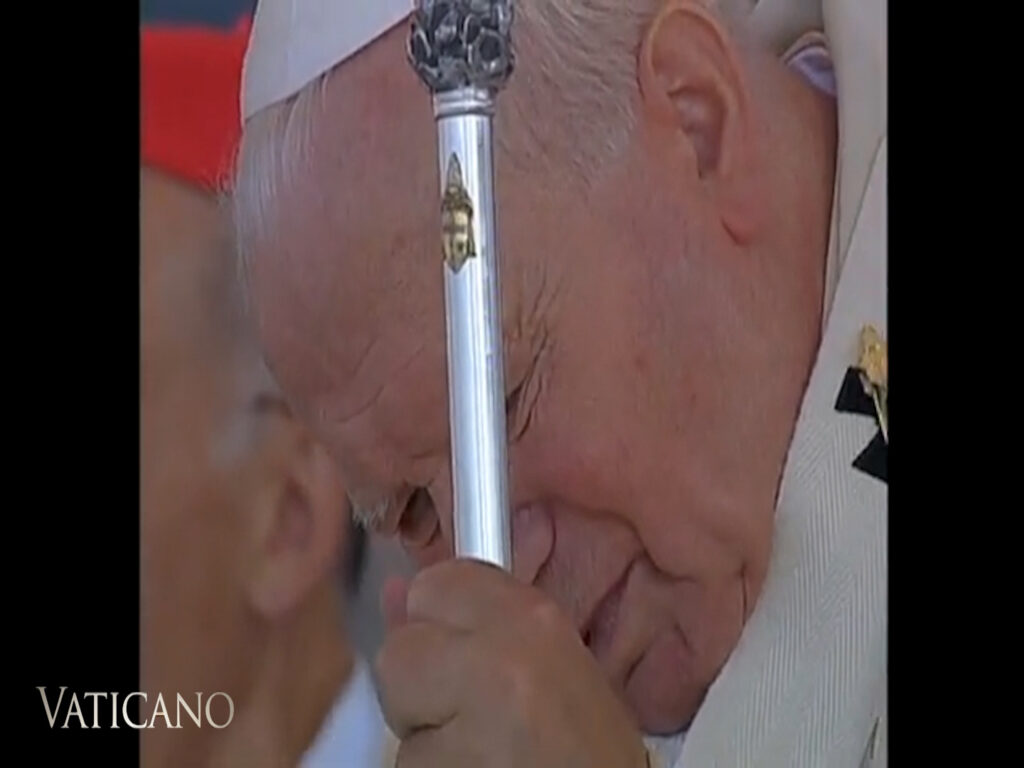By Walter Sánchez Silva
Two new reports are out detailing human rights violations in Nicaragua, one focusing on religious freedom and the other citing 870 attacks specifically targeting the Catholic Church.
On Aug. 13, the human rights watchdog group “Nicaragua nunca más” (“Nicaragua Never Again”) presented its fourth bulletin on religious freedom covering the period of April through July 2024 in which they charge that “the Ortega-Murillo regime has increased harassment against laypeople and religious leaders.”
“It is evident that these attacks are against priests, bishops, nuns, and parishioners, but not only against the Catholic Church but also against the evangelical church,” explained a member of the group, Wendy Quintero, during the presentation of the report.
“There are 420 Christian organizations that have been canceled, including Caritas Matagalpa,” she continued, including in that number the 15 that were closed on Aug. 12.
That day, the Nicaraguan dictatorship canceled the legal status of Caritas Matagalpa, the diocese of exiled bishop Rolando Álvarez, and that of five Christian churches through ministerial agreements published in the official government newspaper La Gaceta.
“At least 22 religious media outlets have been confiscated, the latest being Radio María, whose last broadcast was on July 9, 2024,” the human rights activist continued. That day, the dictatorship of President Daniel Ortega and his wife, Vice President Rosario Murillo, canceled the legal status of Radio María Nicaragua as well as that of several evangelical churches.
Quintero also noted that “51 priests have been exiled without trial, violating their rights to residency and freedom of movement.”
“There are at least 21 evangelical pastors who remain in exile and another three pastors were prevented from entering the country. This pattern of persecution has led to the expulsion and forced displacement of more than 200 actively committed Christians and to increased surveillance of activities carried out, especially by the Catholic Church.”
Quintero also said the dictatorship “has forced 34 priests to leave the country in the first four months of 2024. In total, since 2018 there are at least 222 actively committed Christians that have been exiled, including 91 nuns.”
“At least 52 actively committed Christians and their relatives have been identified who have been left in a situation of de facto statelessness,” meaning they have been stripped of their citizenship in the nation.
Matagalpa: epicenter of suffering Church
Salvador Marenco, a lawyer and member of the human rights group, emphasized that “one of the points where the repression is focused has been in Matagalpa [a municipality and city], which was a focus of faith, a focus of hope.”
For Marenco, the repression is concentrated on Matagalpa because the strategy of the dictatorship “is centered on attacking representative places. We cannot forget that the international community raised its voice regarding the arrest and subsequent exile of Bishop Rolando Álvarez, who was a figure who had a noticeably powerful influence specifically in Matagalpa.”
Matagalpa is the diocese headed by Álvarez, a human rights defender and critic of the dictatorship who beginning in August 2022 was put under house arrest and finally sentenced in February 2023 to 26 years in prison in a controversial judicial process. He was deported in January of this year to Rome, where he now lives in exile.
870 attacks against the Church in Nicaragua
On the feast of the Assumption, Aug. 15, exiled lawyer and researcher Martha Patricia Molina presented the fifth installment of her report “Nicaragua: A Persecuted Church?”, which cites 870 attacks by the Ortega-Murillo dictatorship against the Catholic Church from April 2018 through July 2024.
The report mentions and describes each of the 870 attacks, and in many of the descriptions it includes a testimony, photo, or publication on the incident in addition to indicating the exact date on which it occurred.
Eduardo Martínez, editor-in-chief of the newspaper La Prensa Nicaragua, wrote the prologue for this edition. He pointed out that “the report began with a question: a persecuted Church? However, six years later, the 870 attacks that Molina has documented against the Church to date no longer leave room for doubt.”
“The attacks are classified into seven categories ranging from physical attacks and desecrations to arbitrary closures of religious institutions, the imprisonment of dozens of priests — including two bishops — and the exile, to date, of 143 clerics, which represents more than 23% of the total clergy in Nicaragua,” the editor continues.
“As a result of this brutal attack, the Church has been silenced; no priest, either inside or outside the country, dares to speak about politics much less criticize the regime,” he laments.
The report, as Molina herself explained a few days ago, does not mention the arrest of nine priests in Estelí and Matagalpa, seven of whom were exiled to Rome on Aug. 7.
The introduction to the 387-page report then states that “the Catholic Church is currently experiencing a prolonged period of silence,” most noticeably from “the bishops of the Episcopal Conference of Nicaragua (CEN), who have suffered the worst attack in all of their time.”
In fact, three bishops have been exiled: “Silvio José Báez [auxiliary bishop of Managua], who went into exile at the personal request of Pope Francis because there were alleged plans by the Sandinista dictatorship to assassinate him, and Rolando José Álvarez, bishop of the Diocese of Matagalpa [and apostolic administrator of Estelí], who was ‘stripped of his citizenship and exiled to the Vatican State.’” The third exiled bishop is “Isidoro Mora, the bishop of the Diocese of Siuna who was abducted by the Nicaraguan National Police and then imprisoned and exiled to Rome” in January, sent there with Álvarez, 15 priests, and two seminarians.
The first installment of Molina’s report was presented in May 2022 and compiled 190 attacks against the Church, the second in November of the same year cited 396, the third listed 529, and the fourth 667 attacks against the Catholic Church in Nicaragua.
Molina also points out that there are 154 members of the clergy (bishops, priests, deacons, and seminarians) as well as 91 nuns who are in exile.
The report also states that from April 2018 through July 2024, the Nicaraguan dictatorship has banned a total of 9,688 religious processions and activities.
The complete report is available here.
This story was first published by ACI Prensa, EWTN Norway’s Spanish-language news partner. It has been translated and adapted by CNA.











